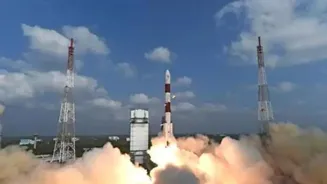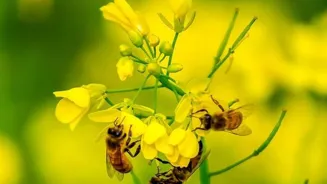Discover how agriculture is evolving to feed the world sustainably. Learn about innovations transforming food production
The humble field, once seen as unchanging, is now a hotbed of innovation. From drones
surveying crops to climate-smart seeds, agriculture is undergoing a revolution. These advancements are not just about producing more; they promise to feed a growing global population while protecting our planet.
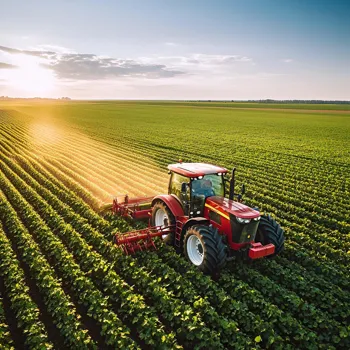
In India, a country where agriculture is central to the economy and culture, these changes are particularly significant. Let's explore how these innovations are transforming food production and ensuring a more secure future for all.
Precision agriculture boosts efficiency and yields for Indian farmers
One of the most exciting areas of progress is in precision agriculture. Farmers are no longer relying on guesswork. Instead, they are using data to make informed decisions. Sensors in the soil measure moisture levels, nutrient content, and temperature.
Drones equipped with cameras capture detailed images of fields, identifying areas that need attention. This data is then analyzed to optimize irrigation, fertilization, and pest control. The result? Higher yields, reduced waste, and a smaller environmental footprint.
For the Indian farmer, often facing unpredictable weather and resource constraints, precision agriculture offers a pathway to greater efficiency and resilience. Farmers can target their interventions only where they are needed, saving water, fertilizer, and money.
This is especially important in regions facing water scarcity or soil degradation. The use of technology also helps in early detection of diseases and pests, preventing widespread crop damage.
The government is also promoting the use of technology in agriculture through various schemes and subsidies, making it more accessible to small and marginal farmers.
This shift towards data-driven farming is empowering farmers to make smarter decisions, leading to more sustainable and profitable outcomes. The initial investment in technology can be a barrier, but the long-term benefits are undeniable.
The impact of precision agriculture is being seen across the country, with many farmers reporting significant improvements in their yields and incomes.
Crop breeding innovations for climate-resilient, pest-resistant seeds in India
Another crucial area of innovation is in crop breeding. Scientists are developing new varieties of crops that are more resilient to climate change, resistant to pests and diseases, and require less water and fertilizer.
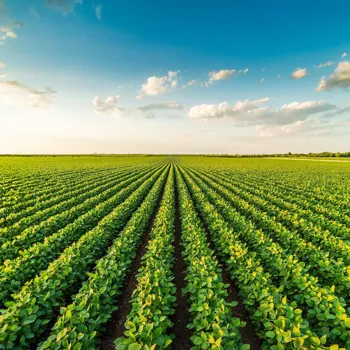
These "climate-smart" seeds are essential for adapting to the challenges of a changing climate. In India, where droughts and floods are becoming more frequent, these varieties can make a huge difference.
For example, scientists have developed rice varieties that can tolerate submergence for up to two weeks, allowing farmers to cope with floods. Other varieties are more drought-resistant, enabling farmers to grow crops even in water-scarce regions.
The development of pest-resistant crops reduces the need for harmful pesticides, protecting the environment and human health. Traditional breeding techniques are being combined with modern biotechnology to accelerate the development of these improved varieties.
The Indian Council of Agricultural Research (ICAR) and other institutions are at the forefront of this research, working to develop crops that are suited to the diverse agro-climatic zones of the country.
The availability of high-quality seeds is crucial for farmers to adopt these improved varieties. This is supported by the government’s initiatives to ensure the timely delivery of seeds to farmers at affordable prices.
These climate-smart seeds are giving farmers a fighting chance in the face of a changing climate.
Biotechnology enhances crop production through genetic modification
Biotechnology is also playing a significant role in enhancing crop production. Techniques such as genetic modification are being used to develop crops with improved traits. Genetically modified (GM) crops can offer resistance to pests, tolerance to herbicides, and enhanced nutritional content.
In India, the cultivation of Bt cotton, a GM crop that is resistant to the bollworm insect, has significantly reduced the use of pesticides and increased cotton yields. While GM crops are a subject of debate, they hold the potential to address some of the major challenges facing agriculture.
However, rigorous safety assessments and regulatory frameworks are essential to ensure that these crops are safe for human health and the environment. Research is also underway to develop plants that are more efficient at utilizing nitrogen, a key nutrient for plant growth.
This would reduce the need for nitrogen fertilizers, which can contribute to environmental pollution. Biotechnology is also being used to improve the shelf life of fruits and vegetables, reducing post-harvest losses.
These are major challenges in India, where a significant portion of the harvest is lost due to spoilage. The potential of biotechnology to transform agriculture is immense, but it is important to proceed with caution and ensure that the benefits are shared equitably.
Water management innovation crucial for sustainable agriculture
Water management is another critical area of innovation. With water resources becoming increasingly scarce, efficient irrigation techniques are essential.
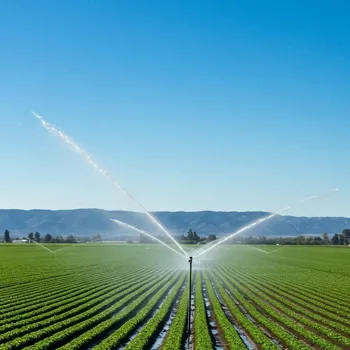
Drip irrigation and sprinkler irrigation are becoming more widely adopted, delivering water directly to the roots of plants and reducing water wastage. These techniques are particularly effective in arid and semi-arid regions, where water conservation is a top priority.
Government schemes are promoting the adoption of these technologies by providing subsidies to farmers. Rainwater harvesting is also gaining popularity, collecting rainwater and storing it for later use. This can help supplement irrigation during dry periods.
Innovative techniques such as subsurface drip irrigation, which delivers water directly to the root zone below the soil surface, are also being developed. This further reduces water loss and improves water use efficiency.
Water management is not just about technology; it also involves changing farming practices. Promoting drought-resistant crops, using mulching to reduce evaporation, and practicing conservation tillage are all important strategies for conserving water.
By adopting a combination of technological and management approaches, farmers can significantly reduce their water footprint and ensure the sustainable use of this precious resource.
The need of the hour is to integrate innovative irrigation methods with traditional water conservation practices for sustainable agriculture.
Drones and AI transforming agriculture, enhancing efficiency, predicting yields, aiding farmers
The use of drones and artificial intelligence (AI) is revolutionizing agriculture. Drones equipped with sensors can monitor crop health, identify areas of stress, and detect pests and diseases early on. This allows farmers to take timely action and prevent widespread damage.
AI is being used to analyze vast amounts of data collected from sensors, drones, and other sources to provide farmers with insights and recommendations. For example, AI can predict crop yields, optimize irrigation schedules, and identify the best time to apply fertilizers.
AI-powered robots are also being developed to automate tasks such as weeding, planting, and harvesting. These robots can work 24/7, reducing labor costs and improving efficiency. In India, where labor shortages are a growing problem, these technologies can be particularly valuable.
The use of drones and AI is still in its early stages, but the potential is enormous. As these technologies become more affordable and accessible, they are likely to transform agriculture in a big way.
The challenge is to ensure that these technologies are used in a way that benefits all farmers, especially small and marginal farmers. Training and education are essential to enable farmers to effectively use these technologies.
Innovations must be accessible to all farmers for sustainable agriculture growth
Moving forward, it's crucial to focus on making these innovations accessible to all farmers, especially those with limited resources. This requires affordable technology, access to credit, and effective training programs.
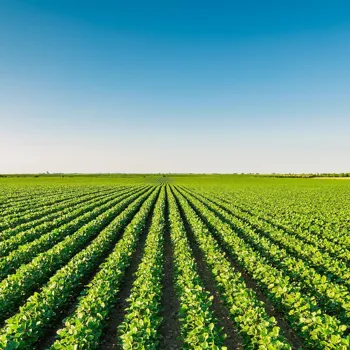
Government policies play a vital role in creating an enabling environment for innovation. This includes investing in research and development, providing subsidies for new technologies, and promoting sustainable farming practices.
Collaboration between researchers, farmers, and policymakers is essential to ensure that innovations are relevant to the needs of farmers and are effectively implemented. Building strong extension services to disseminate knowledge and provide technical support to farmers is also crucial.
Furthermore, promoting farmer-led innovation and participatory research can help ensure that innovations developed are practical for the local context.
Investing in agriculture infrastructure, such as irrigation systems and storage facilities, is essential to maximize the impact of these innovations.
Ultimately, the success of these efforts will depend on empowering farmers to become active participants in the innovation process and create a more sustainable and inclusive food system. Agriculture innovation is not just about technology, it also includes traditional wisdom and farmer knowledge.


